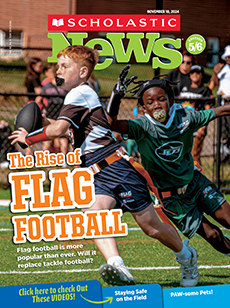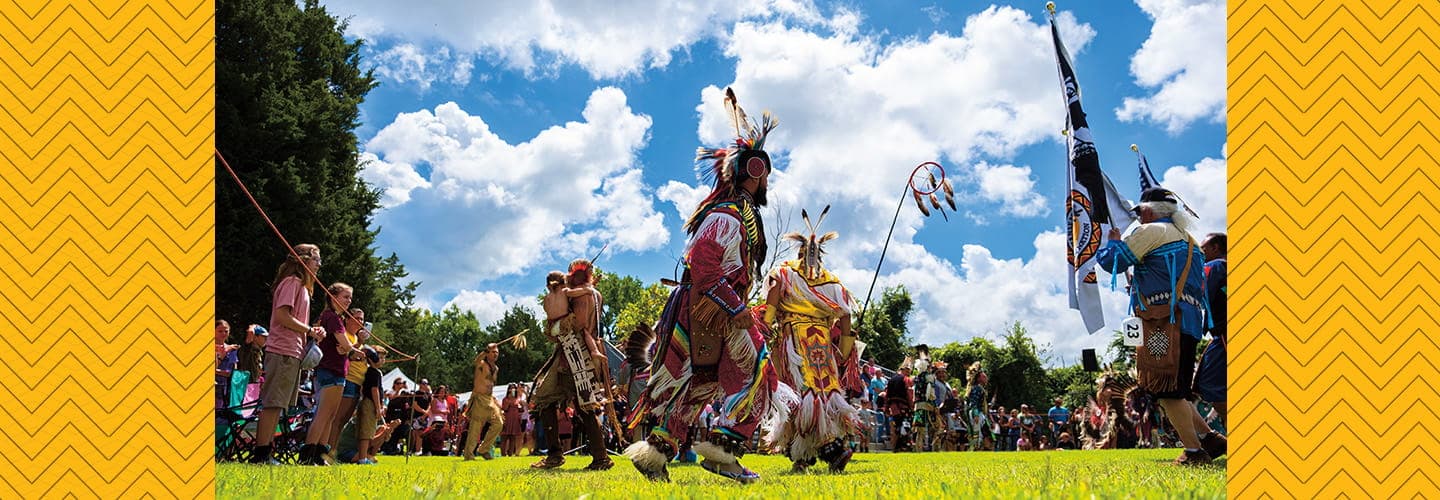Sunlight shimmers on the wide river. The scents of barbecue and fry bread fill the air. The sounds of drums and singing echo across a grassy field. Welcome to the Nansemond Indian Nation’s annual powwow.
Powwows are gatherings where Indigenous, or Native, peoples come together to celebrate their cultures. They dance, sing, eat, and tell stories while visiting with family and friends.
The Nansemond have held a powwow on the same site in Virginia for more than 30 years. It’s a sacred place where their ancestors lived for centuries.
But this past August, the powwow and the site felt more special than ever. That’s because the land was officially returned to the Nansemond Indian Nation earlier this year.
The sun shines on the wide river. The smells of barbecue and fry bread fill the air. The sounds of drums and singing echo across a field. Welcome to the Nansemond Indian Nation’s yearly powwow.
Powwows are gatherings where Indigenous, or Native, peoples celebrate their cultures. They dance, sing, eat, and tell stories with family and friends.
The Nansemond have held a powwow on the same site in Virginia for more than 30 years. It’s a sacred place. It’s where their ancestors lived for hundreds of years.
But this past August, the powwow and the site felt more special than ever. That’s because the land was officially returned to the Nansemond Indian Nation earlier this year.

